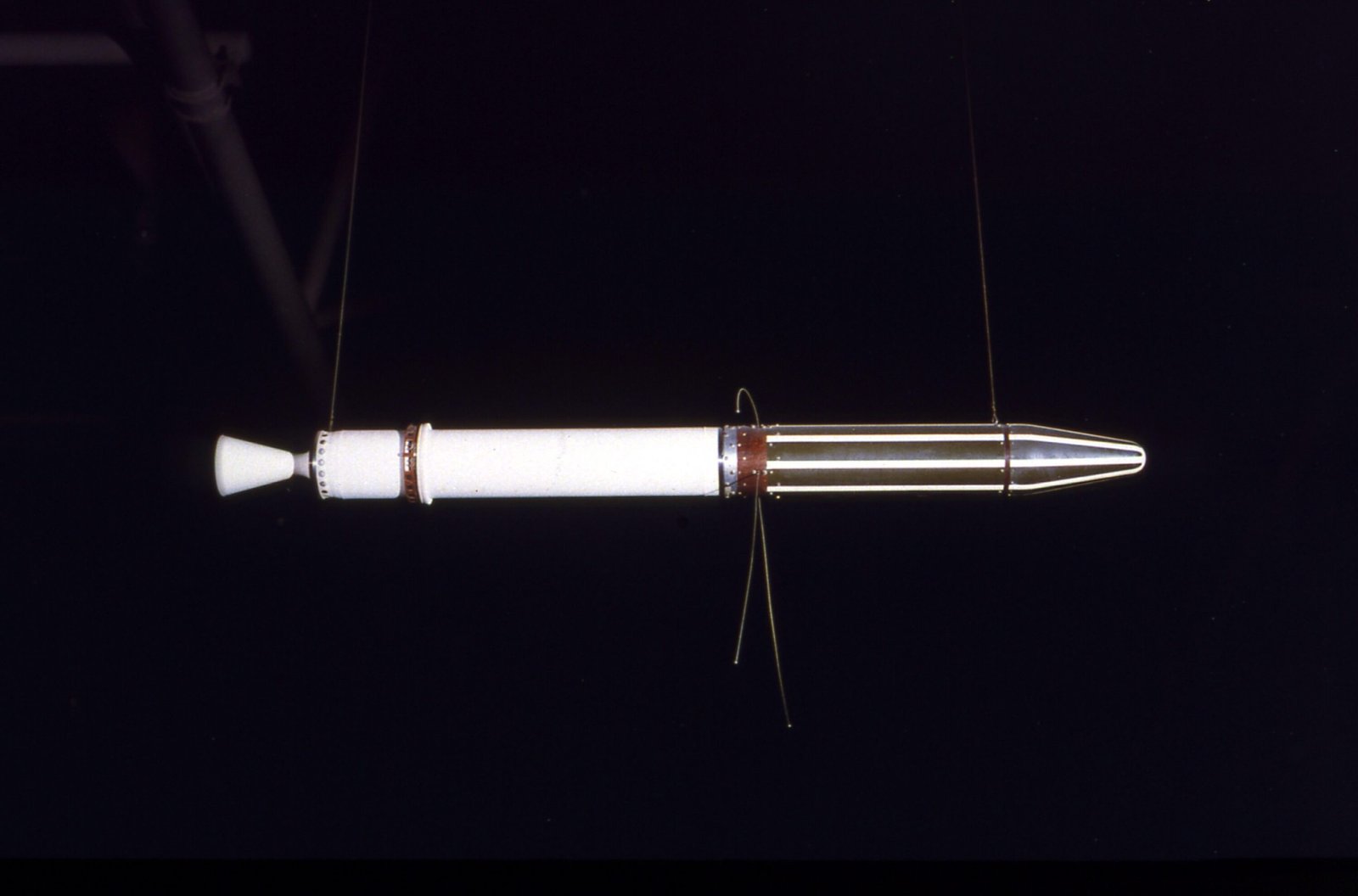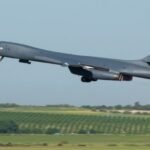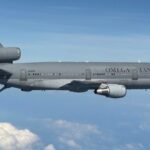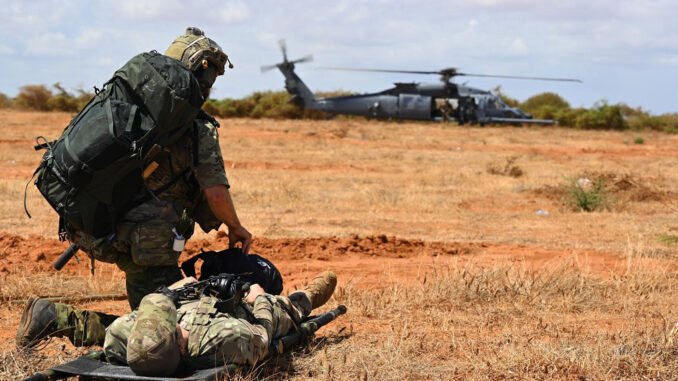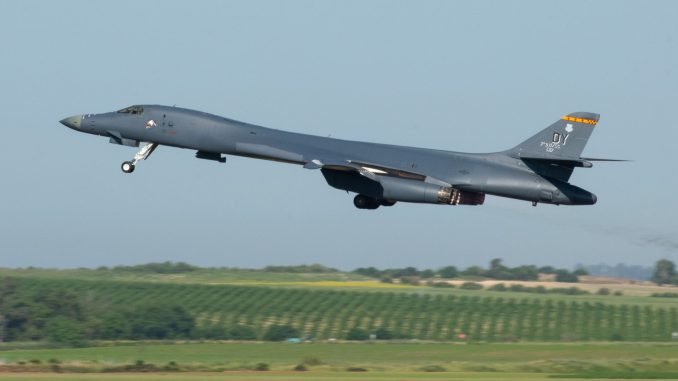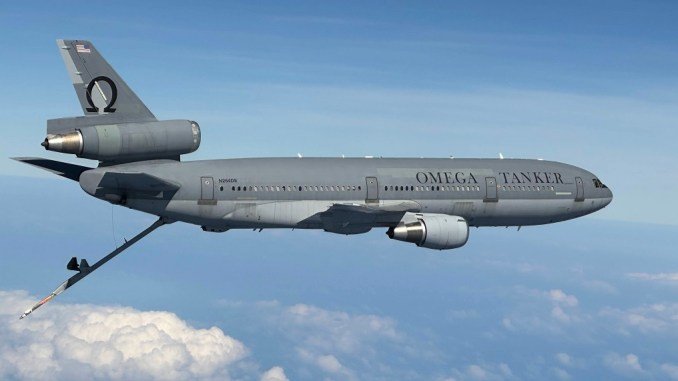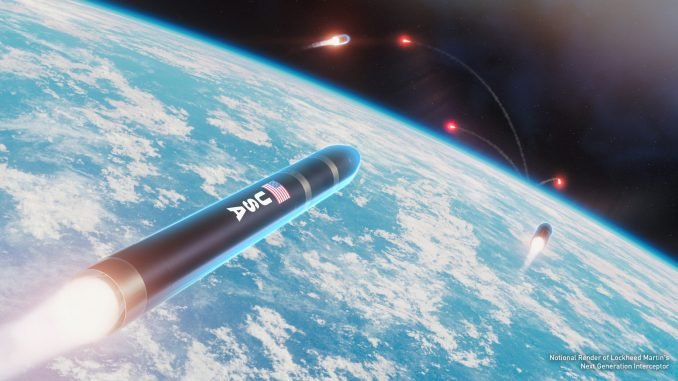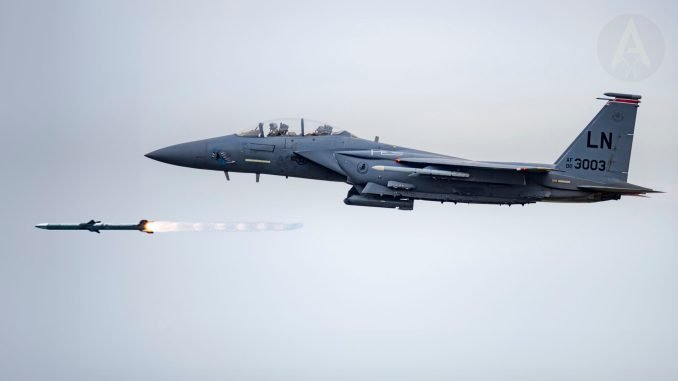[ad_1]
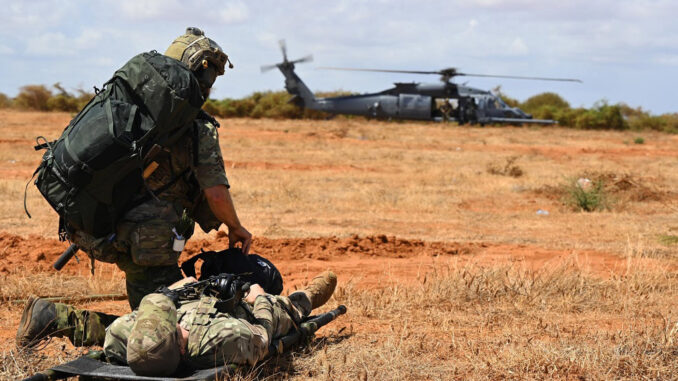
The Jolly Inexperienced II was quietly deployed to the Horn of Africa instantly after reaching the Preliminary Operational Functionality.
Again in September 2022, the latest U.S. Air Drive fight rescue helicopter, the HH-60W Jolly Inexperienced II, reached the IOC (Preliminary Operational Functionality) and was immediately sent out on the type’s first-ever operational deployment. On the time, the Air Drive didn’t present particulars concerning the deployment, nevertheless the service has now acknowledged that the helicopter is within the African AOR (Space Of Accountability) and lately carried out the primary fight CASEVAC (CASualty EVACuation), saving two lives.
The press launch didn’t point out the place the mission passed off, merely stating that it occurred exterior the wire in an undisclosed location within the Horn of Africa. The mission concerned a mixed drive of HC-130J Combat King II recovery aircraft and Guardian Angels from the 347th Rescue Group, in addition to HH-60W fight rescue helicopters assigned to the Personnel Restoration Process Drive (PRTF), beneath the route of the 449th Air Expeditionary Group and the Joint Personnel Restoration Heart (JPRC). The 449th AEG is stationed at Camp Lemonnier, Djibouti, which usually hosted HH-60G Pave Hawk helicopters.
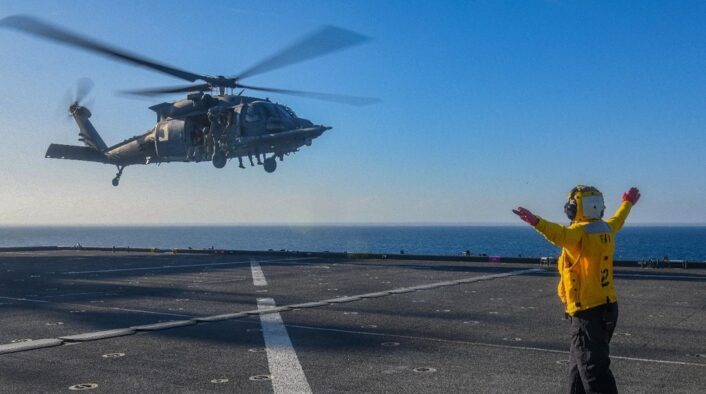
“The PRTF is particularly manned, educated, and outfitted to quickly reply to emergency battlefield conditions to return American, allied and companion forces to pleasant management,” stated Lt. Col. Thaddeus Ronnau, commander of the PRTF and regional director of the JPRC at Mixed Joint Process Drive-Horn of Africa. “Whereas personnel could also be behind enemy strains, or removed from wanted assist, this staff is provided to journey nice distances and struggle their method out and in if essential to make the mission occur.”
In keeping with the press release, alert crews had been activated through the pre-dawn hours and responded faster than the required theater response occasions. The preliminary choose up of the injured was fast, and the staff was out and in of the realm with out incident. They then instantly made for the closest medical facility for trauma surgical procedure whereas the Pararescuemen carried out their very own stabilizing emergency medical care within the plane’s cabin. The HC-130Js had been then referred to as to swiftly transfer probably the most significantly wounded member to a different location for additional remedy. Each lives had been saved.
“Even within the huge expanses of Africa, this mixed staff was capable of pull a crucial affected person from the battlefield with the Air Drive’s latest Rescue car and place them within the arms of expert trauma surgeons, finally saving two lives,” Lt. Col. Ronnau stated. “By repeatedly working to make sure that ‘Jack’s worst day gained’t be his final,’ these members of the Rescue household upheld the best virtues of the Code of the Air Rescueman and demonstrated ‘this stuff we try this others could stay.’”
To date, the first operational deployment of the HH-60W Jolly Green II was stored beneath wraps, with out information or media launched. In December, nevertheless, some photographs appeared on the DVIDS (Protection Visible Info Distribution Service) community in two totally different events. The photographs weren’t accompanied by press releases, so the one few particulars had been discovered within the captions.
At first of the month, the photographs depicted the HH-60W during a CASEVAC exercise, confirming for the primary time that the helicopter was deployed to the Mixed Joint Process Drive-Horn of Africa space of accountability. Whereas the photographs’ captions solely talked about an undisclosed location in Djibouti, the tags included Camp Lemonnier, which as already talked about, could be the placement the place the helicopters are deployed, because it already hosted HH-60G helicopters.
Few weeks later, new photographs confirmed the HH-60W operating on the flight deck of the Lewis B. Puller-class expeditionary sea base USS Hershel “Woody” Williams (ESB 4), which is on a scheduled deployment within the U.S. Naval Forces Africa space of operations and a part of the U.S. Sixth Fleet. The caption didn’t present new information, because the involvement of the forty first Rescue Squadron within the deployment was already identified.
In truth, a press launch from November talked about that the unit underwent in depth coaching in preparation for the primary deployment of the HH-60W, expending extra hoist cables than anticipated and resulting in a possible shortfall. The ingenuity of the forty first Rescue Technology Squadron’s Airmen helped to quickly find a solution by changing the HH-60G cables to be used within the HH-60W. The method ensured the secure use of the hoist cables by synchronizing the velocity during which they prolong on the applicable factors of the cable and was rapidly secure checked and permitted by the engineers from Warner Robins Air Drive Base, guaranteeing the HH-60W was absolutely mission-capable and able to deploy.
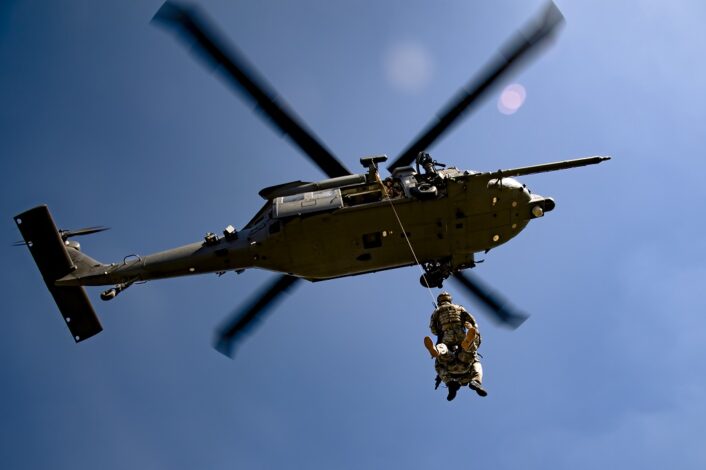
[ad_2]
Source link

